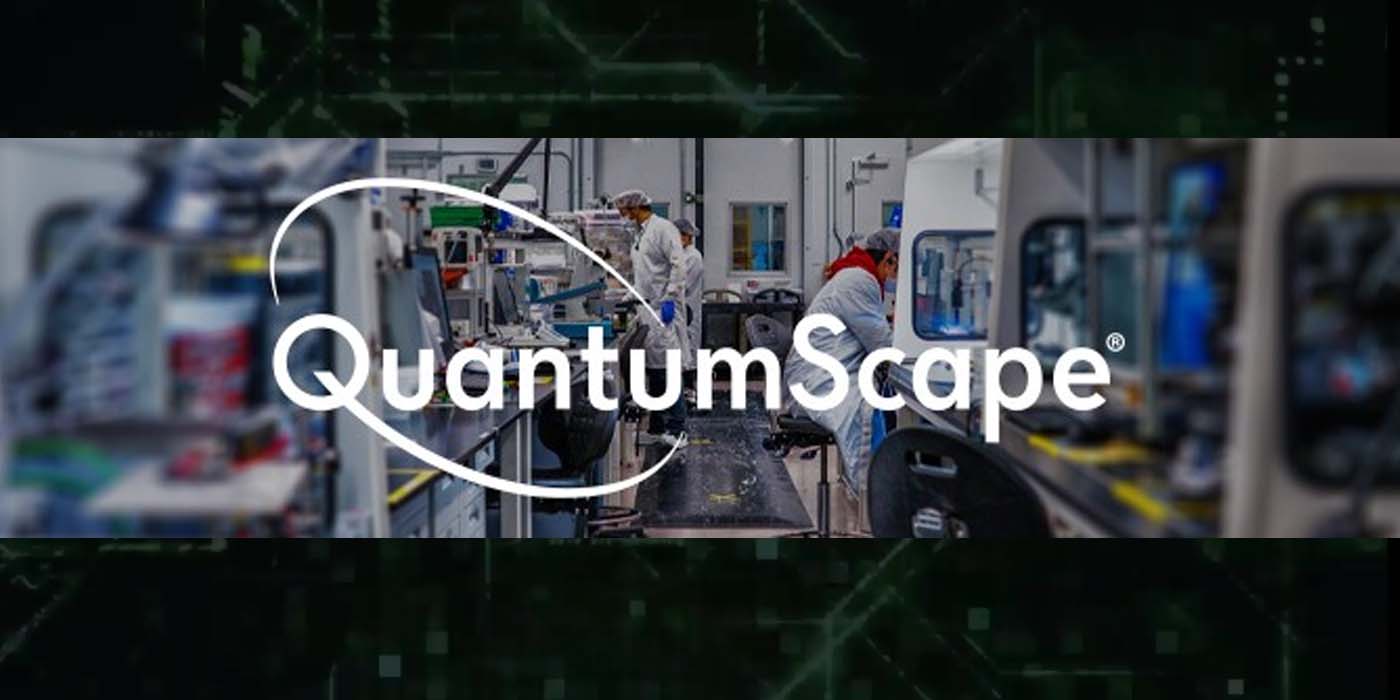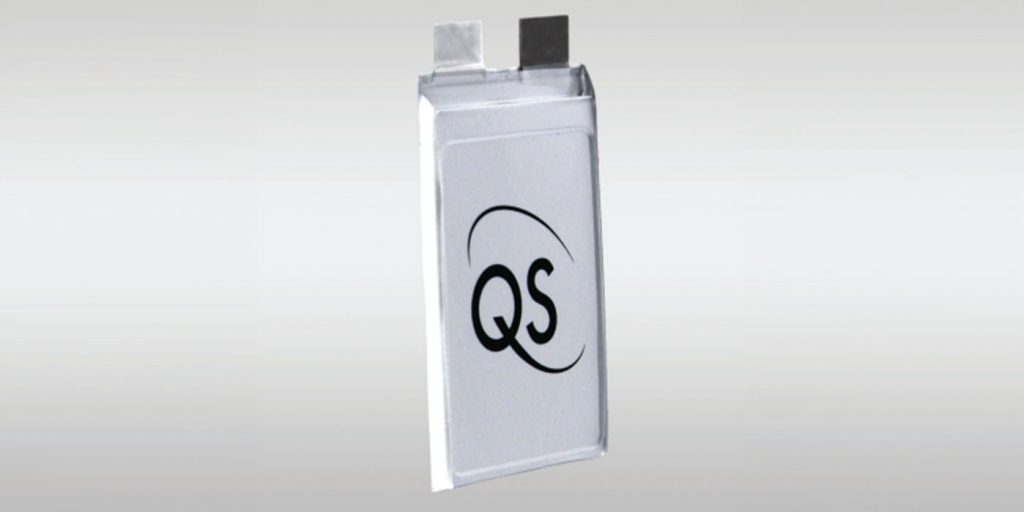
Solid-state battery developer QuantumScape has shared its latest milestone, delivering prototype samples to OEMs en route to commercialization and EV implementation one day. By delivering the Alpha-2 cells, the company has already fulfilled one of its 2024 goals, and it’s only March.
Today’s milestone is merely another step forward in a decade-plus journey QuantumScape ($QS) has been on to develop scalable, energy-dense solid-state battery cells that can one day achieve cost parity with traditional lithium-ion cells popular in current EV models.
The past four years of QuantumScape’s progress have been particularly exciting, as it developed a proprietary ceramic separator that enabled single-layer prototype cell testing, followed by 10-layer cells, then 16-layer prototypes.
By Q2 2022, QuantumScape’s solid-state technology had expanded to 24 layers in an A0 cell – part of a three-step journey of A, B, and C prototype cells to undergo internal and customer testing before entering commercialized production.
By the end of 2022, QuantumScape began delivering the first 24-layer A0 prototype cells to automotive partners, and by Q1 2023, testing had been completed by at least one unnamed EV OEM.
Those samples returned better-than-expected results, paving the way for the next wave of solid-state prototype cells called Alpha-2 before fully evolving into QuantumScape’s first commercial product – the QSE-5 (seen below), seemingly destined for EV platforms. Per news today, those Alpha-2 prototypes are now reaching customers for testing.

QuantumScape’s EV cells enter next testing phase
According to an update from QuantumScape earlier today, customer shipments of the Alpha-2 prototype cells to customers are now underway, giving those OEMs the opportunity to test much of the progress the solid-state battery developer has made in the past year since delivering A0 cells.
Even at six layers, the Alpha-2 is more energy-dense than the 24-layer A0 prototype, enabled by higher-loading cathodes (more active material) and more efficient packaging, according to QuantumScape.
The battery developer shared that its latest Alpha-2 cells feature the main functionality of the QSE-5 end product and were developed as another opportunity for customers (assumedly some in the EV space) to “test key performance parameters and prototype-level reliability.” QS president and CEO Dr. Siva Sivaram elaborated on the process:
The Alpha-2 shipments represent an important milestone on our path to commercialization. Customer feedback is the most critical input in the product development cycle as it provides insight into areas that need improvement and strengthens collaboration. The faster we can get new product iterations into customers’ hands, the faster we get to production. We are very encouraged by the initial Alpha-2 performance results and excited about the first QSE-5 cells we expect to manufacture later this year.
QuantumScape explained that the Alpha-2 prototype cells act as a bridge between the A0 and QSE-5 B0 prototypes Sivaram mentioned above. While automakers test these new prototype solid-state cells, QuantumScape says it will continue developing and integrating component-level improvements into the next iteration, utilizing electrolyte separators produced using the company’s much faster “Raptor” equipment and process.
If and when it comes to fruition, QuantumScape’s scaled production of QSE-5 solid-state cells could be a game changer in EV mobility. Company co-founder and CTO Tim Holme shared excitement about the potential of the technology:
The improvements in energy and power densities demonstrated by the Alpha-2 prototypes indicate that QSE-5 can push the boundaries of solid-state battery performance. We continue to advance our anode-free, solid-state battery in performance and maturity with methodical execution on our milestones.
With its initial delivery goal for 2024 now fulfilled, QuantumScape says it will begin ramping up the Raptor production process, starting small build samples of the QSE-5 prototypes. Simultaneously, it will begin gearing up for high-volume production of its solid-state electrolyte separator using its “Cobra” equipment and process. That phase is expected to start in 2025.
FTC: We use income earning auto affiliate links. More.






